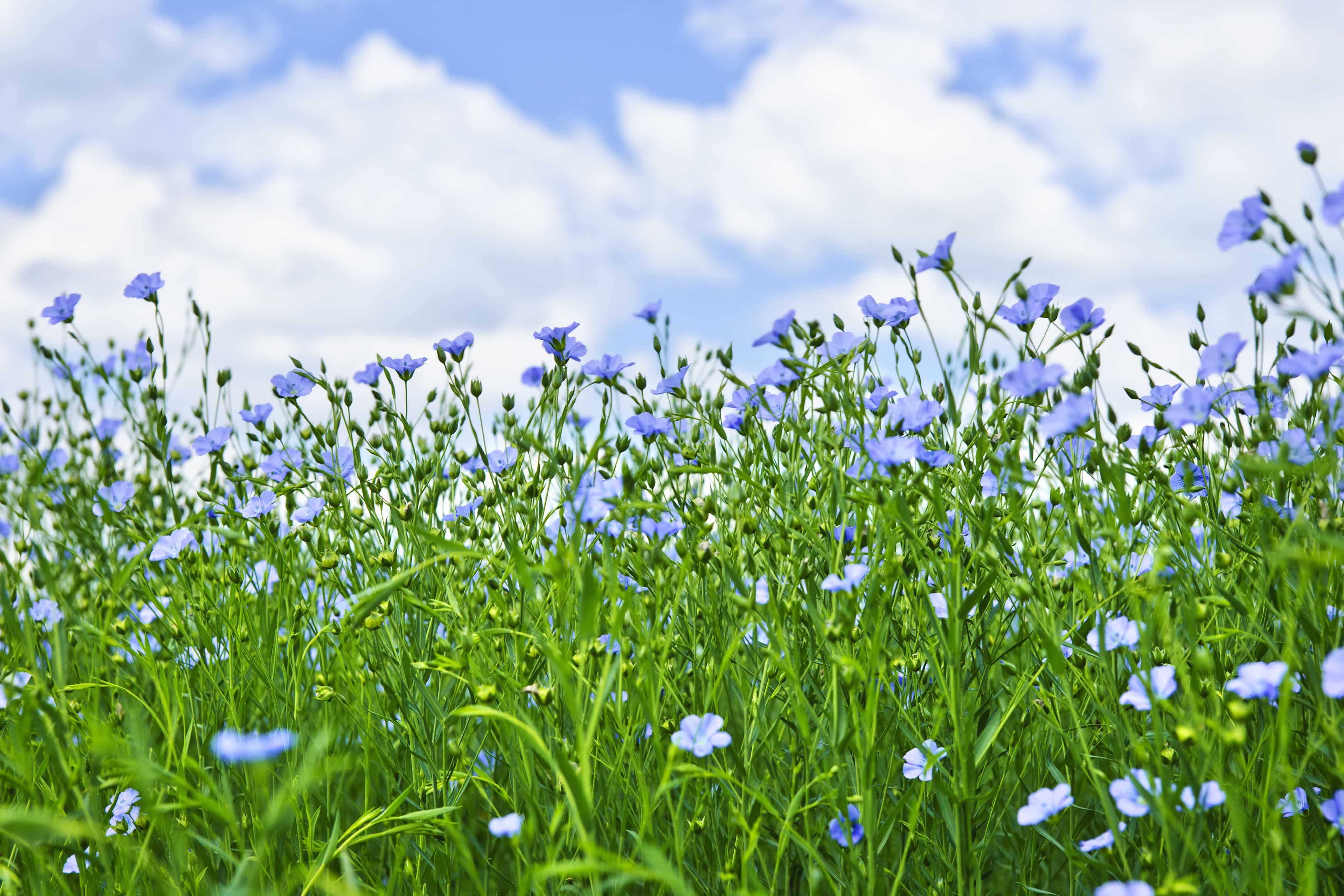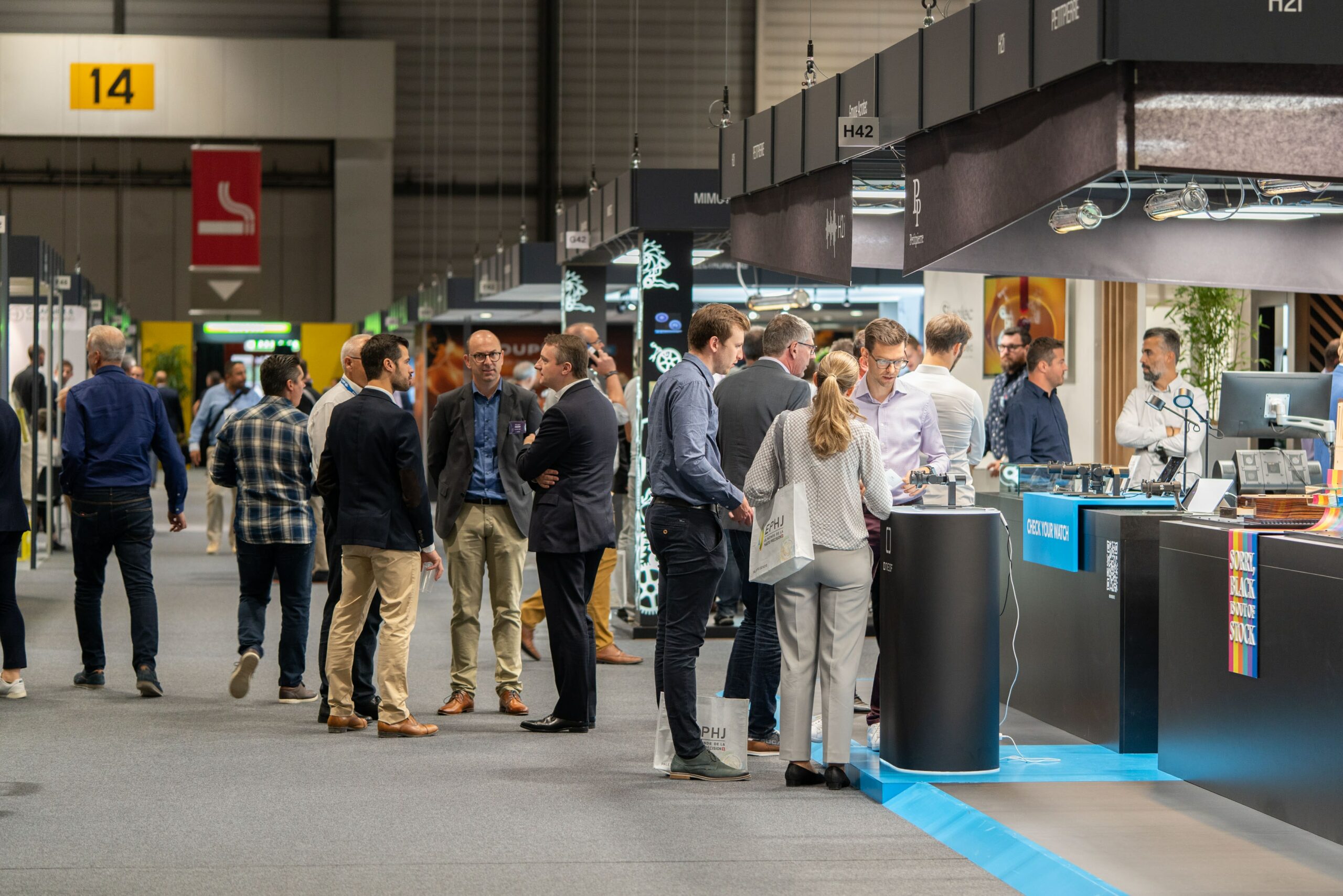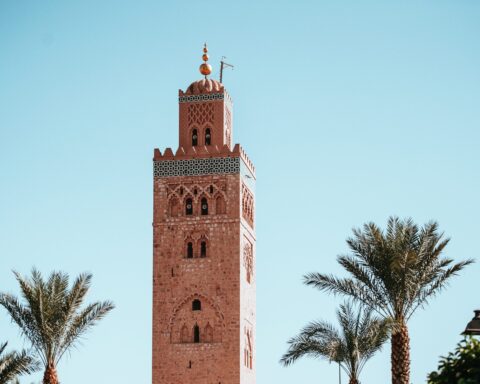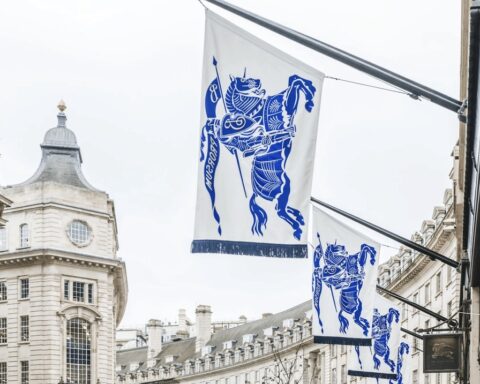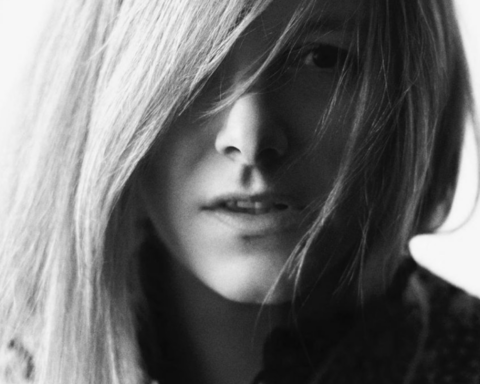The Linen Day was held for the first time in Paris. This day of conferences dedicated to an eco-responsible fiber produced mainly in Europe, allowed to notice its growing aura in luxury.
Dressed in a linen tunic, Cleopatra had seduced Caesar. Centuries later, this virtuous and eco-responsible fiber is increasingly popular with luxury houses. Once seen as too heavy, easily crumpled, or reserved for summer, it has since demonstrated its versatility and ability to innovate.
The very first Linen Day, organized in Paris on June 9 by Celc (European Confederation of Linen and Hemp), in the prestigious premises of Mazarine 3, within the Institut de France, highlighted an alignment of the planets for this creative and sustainable material. Among the forty or so speakers at the event, several testified to the growing appetite of the luxury industry for linen.
On the catwalks
Alexandra Van Houtte, founder of the search engine Tagwalk, nicknamed the Google of fashion, quantified its presence on the catwalks (0.9% of silhouettes), in Paris, Milan, New York, greater than its modest weight (0.4%) on the global market for fibers. 8 to 12% of designers are now incorporating it into their summer collections.
In Paris, the number of women’s spring-summer silhouettes based on linen increased from 0.45% in 2019 to 2.5% in 2021. 13% of major houses use it and 30% of trend setters. Chloe, Erdem, Jacquemus (which declines it in petulant colors such as pink), Louis Vuitton (15 silhouettes in linen, more than a quarter of its collection in the resort 2023), Marine Serre are in the front line. New uses, via many finishes, embroidery and cuts are increasing, with in particular more models for the evening (14.5%).
Sustainable development
Among the groups showing interest in fiber, the world’s number one luxury goods company. Alexandre Capelli, deputy director of the environment at LVMH, explained that linen was the only material in the fashion industry that ticked all the boxes of the four pillars of its Life 360 sustainable strategy, announced last year: circular creativity; traceability and transparency; biodiversity and climate.
In fact, the production of this fiber, made between 75% and 80% in Europe (and 60% on the Caen-Amsterdam coastal strip), preserves water and soil, is biodegradable, renewable, all with zero waste. Re-industrialization, with the opening of three linen spinning mills in France since 2020 (Emanuel Lang, Natup and Safilin), and soon two new ones in Portugal (China and India being the major competitors), has also reinforced its proximity and traceability.
Textiles and knitwear are reflecting its advantages: breathable, thermo-regulating, humidity regularity, dye affinity, easy maintenance… And its image is changing rapidly. “It was perceived yesterday as a not very sexy material, but this is changing rapidly,” explains Alexandre Capelli. Vuitton, Celine, and Loro Piana use it willingly, especially mixed with silk. “A lot of work has been done on innovation. All our designers, who are increasingly aware of sustainable development issues, have understood that linen has a low environmental impact.”
Excellence
Same enthusiasm at Loro Piana. The cashmere house has bought out its Italian compatriot Solbiati, “the most popular linen brand in Italy” , whose style and excellence positioning were similar, according to Stefano Brown, Loro Piana’s sustainable development manager.
And this to expand its summer offer. Linen also allows to “considerably reduce” its environmental footprint, generated at more than 90% by raw materials. “Greenhouse gas emissions from linen are half those of other fibers!” Alice Soldano, the head of Solbiati collections at Loro Piana, fights against a cliché “when people think of linen, they associate it with summer. But we try to convey the idea that it can be used all year round.”
Read also> 51ST INTERNATIONAL BEAUTY AND SPA CONGRESS: RKF LUXURY LINEN WINS THE 2022 INNOVATION AWARD
Featured photo : © Press

